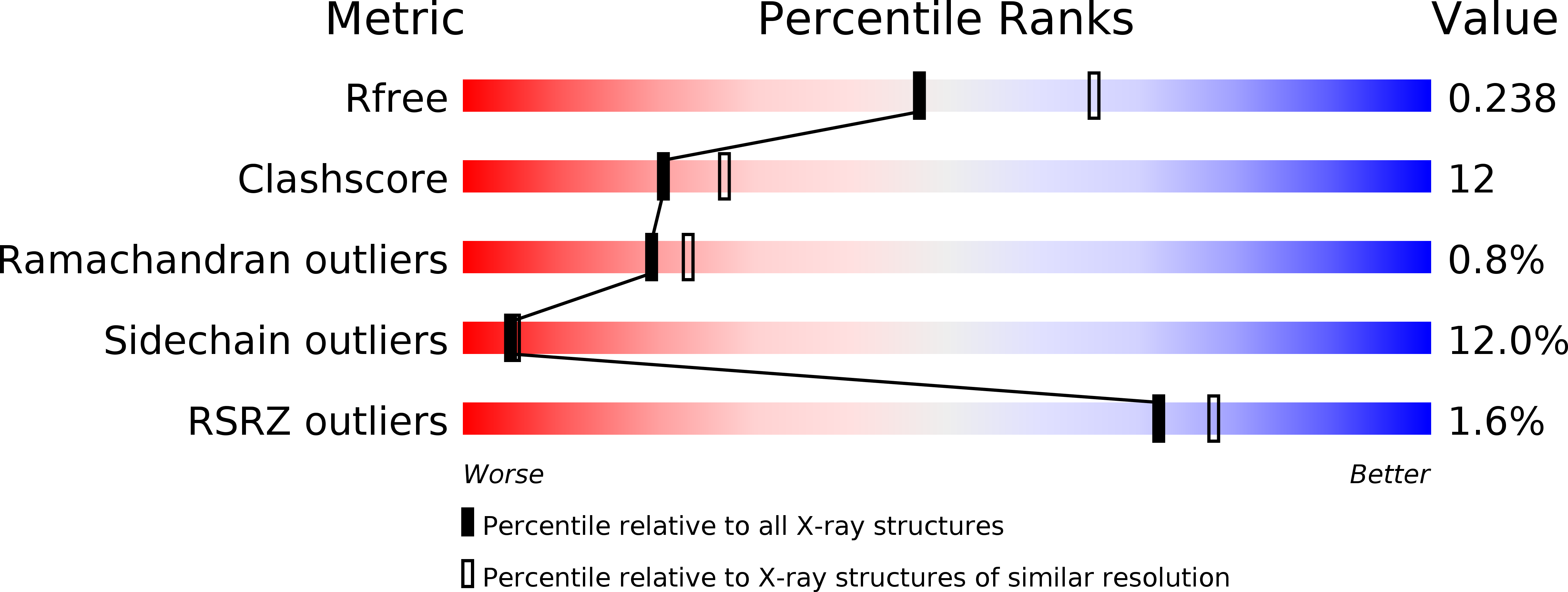
Deposition Date
2011-12-01
Release Date
2012-04-18
Last Version Date
2024-10-30
Entry Detail
PDB ID:
3VLG
Keywords:
Title:
Crystal structure of the W150A mutant LOX-1 CTLD showing impaired OxLDL binding
Biological Source:
Source Organism:
Homo sapiens (Taxon ID: 9606)
Host Organism:
Method Details:
Experimental Method:
Resolution:
2.30 Å
R-Value Free:
0.24
R-Value Work:
0.17
R-Value Observed:
0.18
Space Group:
P 41 21 2


